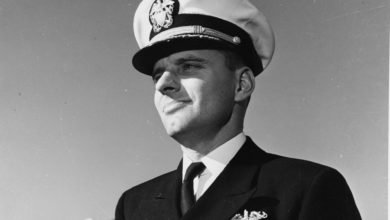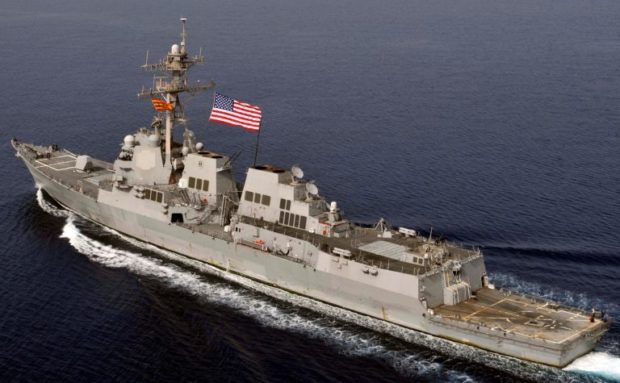Medal of Honor Monday: Army 1st Sgt. Frederick Fuger
The Battle of Gettysburg is remembered as one of the most pivotal encounters of the Civil War, a conflict that led to more than 1,500 men earning the newly created Medal of Honor. One of those recipients, Army 1st Sgt. Frederick Fuger, wasn’t even a U.S. citizen when he held the Union position during Confederate Maj. Gen. George Pickett’s famous charge.
Fuger was born in Goppingen, Germany, on June 18, 1836. He was a teenager when he immigrated to the United States, boarding a ship in France and arriving in New York City on April 3, 1854. After acclimating to his new home, Fuger enlisted in the Union Army in August 1856. He was assigned to the 4th U.S. Artillery, Battery A, and served all over the country.
In 1861, his five years of service were about to end when civil war broke out. So, Fuger reenlisted and was promoted to first sergeant of Battery A, which was under the command of 1st Lt. Alonzo Cushing.
Fuger fought in many skirmishes leading up to the Battle of Gettysburg, and it was then that his dedication proved he was worthy of the Medal of Honor.
On July 3, 1863 — the third day of the famous battle — Battery A was positioned near some trees in an area called “The Angle” on Gettysburg’s Cemetery Ridge. It was the precise point of the Union line where Confederate Gen. Robert E. Lee was determined to break through in what became known as Pickett’s Charge.
First, the rebels launched artillery that tore apart Battery A. There were so many casualties that only Cushing, Fuger and a few other soldiers remained standing. Of those few, many of them were injured, including Cushing, who refused to disband the unit.
Next, about 15,000 Confederate soldiers charged, hoping to pierce through the Union line right where the 4th Artillery was positioned. Battery A continued to fire on them relentlessly, even as some rebels broke through some of the forward infantry lines.
Fuger, literally, propped up an injured Cushing so he could give orders as the rebels got closer. Unfortunately, the young commander was shot and killed just as the rebel’s leader fell within feet of their guns.
Fuger took over command of the battery and ordered his cannoneers to fight as infantrymen while he continued to shoot the last of the six cannons that still worked. Finally, the Confederate soldiers began to retreat. Under Fuger’s leadership, the battery held its position, and the Union line remained intact.
The outcome at Gettysburg was the straw that broke the camel’s back for the South and proved to be the pivotal battle of the Civil War.
Fuger earned his commission as second lieutenant later that year and went on to command the battery for the rest of the war. He stayed in the Army for several more decades and became a naturalized U.S. citizen in February 1888.
In 1897, Fuger was awarded the Medal of Honor, which had been first authorized for soldiers during the war in which he’d earned it. Fuger retired from the Army in 1900 as a lieutenant colonel. He died Oct. 13, 1913.
Nearly 150 years after that fateful day in battle, Cushing, Fuger’s fallen commander, was also awarded the Medal of Honor. Both men have been memorialized in a life-sized diorama at the National Civil War Museum in Harrisburg, Pennsylvania.
This article is part of a weekly series called “Medal of Honor Monday,” in which we highlight one of the more than 3,500 Medal of Honor recipients who have earned the U.S. military’s highest medal for valor.
Source: Department of Defense
Content created by Conservative Daily News is available for re-publication without charge under the Creative Commons license. Visit our syndication page for details.



